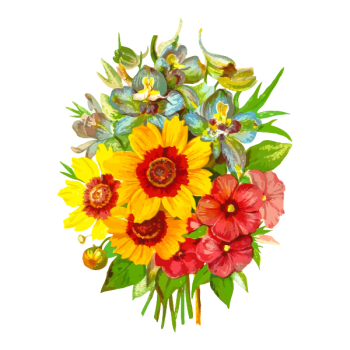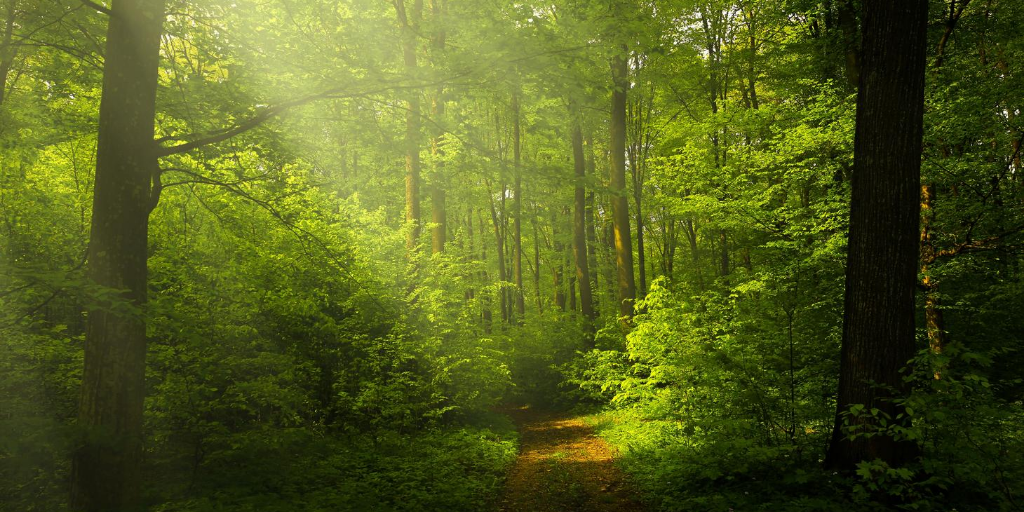The tug and heave of a place,
a place of intricate histories,
your name carved with hers in secret,
a pearl of fantasy preserved.
A summer of exploration,
of cornfield and woodland beds,
of coming-of-age, in synchronicity.
Years pass.
You wander braided paths that meet
with a static fizz of tension,
And a memory flit of naked kisses and curated climaxes.
When these tight bindings release,
she might meet you there
behind the oak tree’s green veil;
You could entwine her fingers with yours,
and seal a flickering thought with a kiss.
A broken eroticism healed with the gold glint of sunlight,
an eggshell of porcelain pieced back together,
forming a whole more beautiful than its younger self.
Read this while listening to ‘Ophelia’ by Karine Polwart.
AUTHOR BIO
A freelance science writer by trade, Larissa Reid lives in Fife on Scotland’s east coast. She writes poetry and fiction, with notable publications in Northwords Now, Nightingale & Sparrow, and The Darg, and a poem shortlisted for the Janet Coats Memorial Prize 2020. Larissa runs the Hugh Miller Writing Competition, a national competition that invites entries inspired by Scotland’s geoheritage. Larissa is a founder member of the Edinburgh-based writing collective, Twisted::Colon.
Twitter: @Ammonites_Stars
Blog contributor: twistedcolon.blog / ammonitesandstars.blog
WORDS FROM THE AUTHOR
‘Fusion’ stems from several roots – the persistent tug of place on memory, the romance of mythic-like encounters, and learning about the ancient Japanese art form of Kintsugi or ‘golden joinery’. I had written a first draft of the poem and I was struggling with the ending – I knew I wanted to refer to porcelain, being both at once fragile and stunningly beautiful, but every thought I had was turning to cliché. I remembered hearing about Kintsugi, the art of repairing Japanese eggshell porcelain with gold, and decided to look it up. Having already played with the poem a fair bit and made the woodland setting prominent, the first reference I found online stated that Kintsugi uses a particular lacquer made from tree sap, dusted with powdered gold, to repair antique pieces and given them a chance at a second, even more beautiful life. I still remember the shiver of delight that ran down my spine on reading that – one of those gorgeous coincidences that helps a piece of writing click into place.

